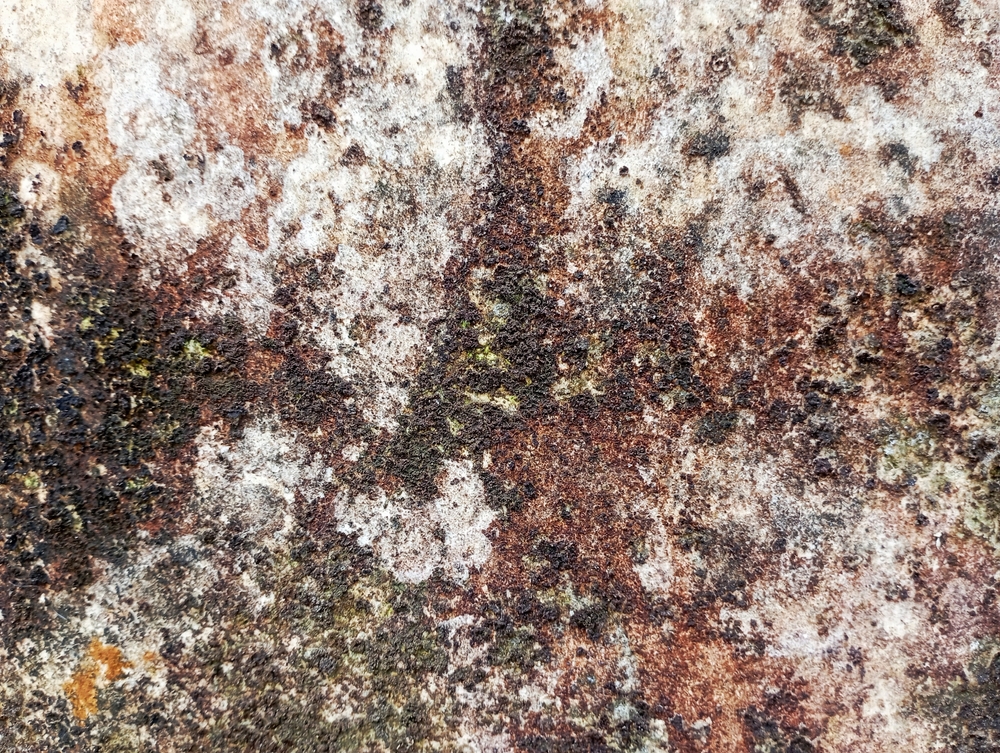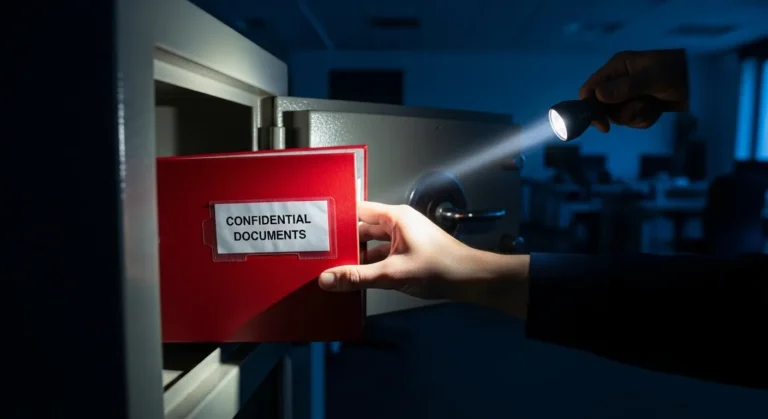I think we should start by giving the Caesar what belongs to the Caesar: without mold spores, we would never have discovered penicillin, Roquefort cheese, or the perfect soil for gardeners and farmers.
But there are still some dangerous molds, such as black mold, that invade our homes and workspaces and are at fault for a number of health issues. Once black mold has taken hold in a home, it needs to be eradicated.
Using extreme caution and protective gear, you can easily remove small areas yourself. But because it grows so rapidly, black mold generally requires a licensed professional to safely remove it from your home.
If the black mold infestation covers over 10 square feet, then a professional should definitely handle the removal. Removing large chunks of mold colonies implies exposure to heavy-duty chemicals and permits the right disposal of infected building materials. Local public health departments could offer advice on mold testing and even refer you to an expert mold remover.

What is black mold?
Stachybotrys chartarum, also known as black mold, looks like a colony with a dark green or even black, slimy surface. It’s mostly found in areas inside a home that suffered prolonged exposure to amounts of water and humidity for a longer period of time.
It’s not always visible, but black mold can easily develop behind sheetrock walls and ceilings on wood infrastructure. For example, S. chartarum makes mycotoxins, which are potentially poisonous chemicals.
Exposure to skin contact, inhalation, and even ingestion is extremely dangerous to humans and animals. Given that so many molds look similar and have a certain musty odor, the only way you’ll know your home is infested with black mold is through professional testing.
But almost all types of mold that are growing in larger colonies can end up being harmful to your respiratory system and should be instantly removed, with measures taken to prevent regrowth.
How do you manage the black mold exposure?
If you’ve discovered black mold in your home, here are all the steps you can take to limit your exposure until the colony is completely cleaned away:
Stop the moisture source.
If the mold is growing in the vicinity of a leaky sink, tub, or even toilet, turn off the water or just repair the leak. Cover the roof or window leaks with a plastic tarp until they can be fully repaired.
Seal off the infested area.
If you can, seal off the portion of the house with black mold by taping plastic sheeting over the doors. If the leak has been easily repaired and the area is now dry, lightly spray the mold with some water to prevent the spores from turning airborne.
Wear a mask.
When you enter a room with black mold, you can wear a mask that’s rated to prevent the inhalation of mold spores, as well as disposable protective gear or clothes that can be easily washed in hot water.
Clean safely
If you’re cleaning the mold-infested area yourself, make sure you use chemicals properly and clean the surrounding environment to prevent spread.
Dispose of cleaning materials properly.
Place all your cleaning supplies, disposable protective gear, and plastic sheeting in a properly sealed heavy-duty plastic bag, so the spores won’t travel to other areas.
How to prevent black mold growth
As mold spores are absolutely everywhere, even in dry climates, it’s highly possible for a colony of black mold or other toxic molds to form in that home. But there are a couple of extra steps you could easily take to help prevent the growth of unwanted mold.
Control humidity levels.
Mold requires moisture for growth. To prevent this, make sure the humidity level in your home never rises above 60 percent.
Repair leaks
Just a small leak could cause wood, drywall, grout, and any other porous surfaces to become a perfect spot for mold growth. You can promptly fix leaky pipes, fixtures, windows, and even roofs.
Keep fabrics and surfaces dry.
Never leave wet coats, shoes, or even towels in a heap. It can take around two days for mold to take hold, start to grow, and smell musty. Hang your wet items so they dry faster.
Also, make sure you dry shower stalls and tubs with a clean squeegee after every use. You can also save all those wet jobs like mopping floors, steam cleaning fabrics, or even power-washing surfaces for a warmer, breezy day.
Improve ventilation in your home.
Make sure you’re using bathroom and kitchen fans when you’re cooking to avoid steam and speed drying. Of course, the addition of ceiling fans might be really helpful, especially when the humidity is high. Open doors and windows on all of the dry, breezy days.
Use a dehumidifier.
If the humidity is quite high in the basement or laundry room, you can use a dehumidifier to remove the moisture from the air. Make sure you keep the appliances clean and fully empty the water collection bin once a day.
Check ductwork and venting systems.
You should make a habit of checking and cleaning your HVAC ductwork and clothes dryer ductwork. This way, you’ll prevent clogs or leaks that might allow moisture back into your home.
Install a moisture barrier.
Basement areas and crawl spaces are prone to suffering from excessive moisture. You can install moisture barriers where you think they might be needed and even use specialty coatings. This way, the moisture won’t enter your space.
- Things to know about mold:
Some potential health effects associated with mold include allergic reactions, asthma, and various other respiratory complaints. - There’s no fixed solution to all mold and mold spores in the indoor environment, so the best way to control indoor mold growth is to take hold of the moisture.
- If you have a mold problem, you have to clean up the mold and eliminate moisture sources.
- Fix the source of the water leak to prevent unwanted mold growth.
- Also, reduce the indoor humidity to decrease mold by venting the bathrooms, using air conditioners, increasing ventilation, and using exhaust fans whenever cooking.
What’s the difference between mold and mildew?
Mildew is what we call certain types of mold or fungus. The term is often used for mold growth, usually with a flat growth habit. Molds also include different species of microscopic fungi that grow in the form of multicellular filaments, also known as hyphae.
Molds can easily thrive on organic matter, such as clothing, leather, paper, and ceilings, walls, and floors. Mildew can also be found on shower walls, windowsills, and any other places where moisture levels are quite high. There are various species of molds. In some places deprived of proper venting, like basements, they can even produce a strong musty odor.

Can mold cause health issues?
Molds don’t represent a problem indoors unless the mold spores land on a wet or damp spot and start growing. However, molds have the potential to cause various health problems.
First, they produce allergens that can cause allergic reactions, irritants, and, in some instances, even toxic substances. Inhaling or even touching mold (or spores, for that matter) might cause allergic reactions in many sensitive individuals.
Allergic responses also include hay fever-type symptoms like sneezing, a runny nose, or even red eyes. Allergic reactions to mold are wildly common. They can be immediate or sometimes delayed.
Molds might also cause asthma attacks in some people, especially those who are allergic.
If you found this article useful, we also recommend reading: 10 Most Common Kitchen Mistakes That Might Make You Sick

















